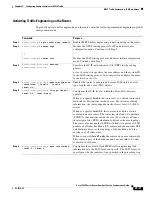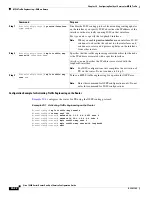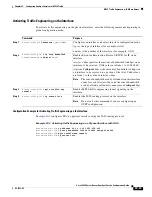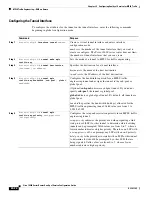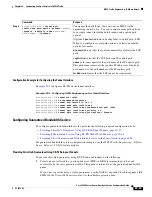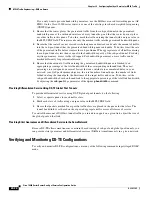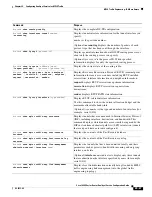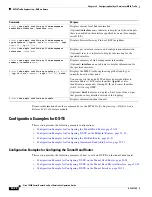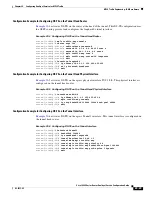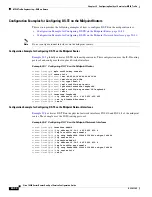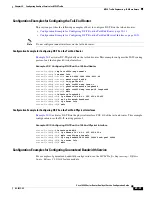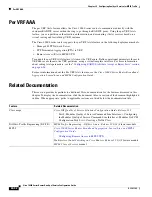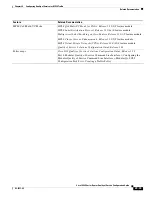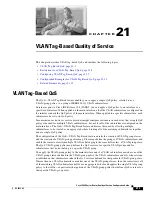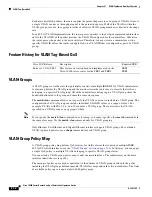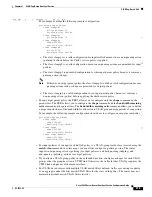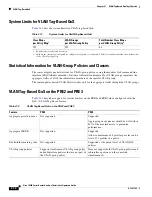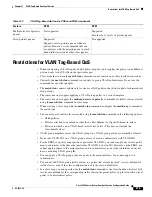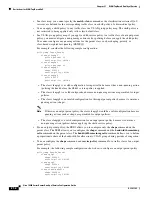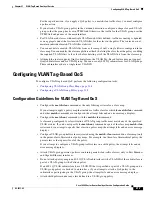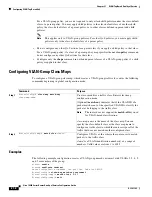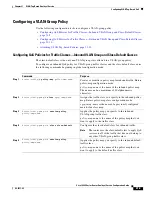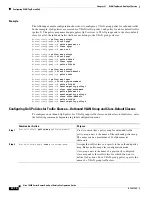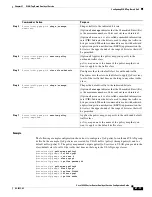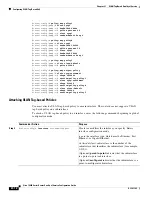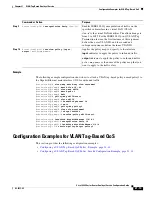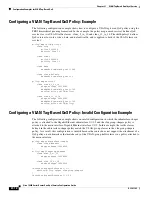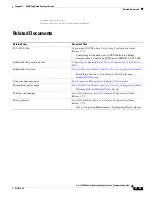
C H A P T E R
21-1
Cisco 10000 Series Router Quality of Service Configuration Guide
OL-7433-09
21
VLAN Tag-Based Quality of Service
This chapter describes VLAN tag-based QoS and includes the following topics:
•
VLAN Tag-Based QoS, page 21-1
•
Restrictions for VLAN Tag-Based QoS, page 21-5
•
Configuring VLAN Tag-Based QoS, page 21-7
•
Configuration Examples for VLAN Tag-Based QoS, page 21-13
•
Related Documents, page 21-15
VLAN Tag-Based QoS
The QoS—VLAN Tag-Based feature enables you to apply a single QoS policy, referred to as a
VLAN-group policy, to a group of IEEE 802.1Q VLAN subinterfaces.
In releases prior to Cisco IOS Release 12.2(31)SB2, you can apply a QoS policy to an interface or a
specific subinterface. When applied on the main interface, all of the VLAN subinterfaces configured on
the interface inherit the QoS policy of the main interface. When applied to a specific subinterface, each
subinterface has its own QoS policy.
In some instances, however, service providers might configure customers in such a way that a single QoS
policy is needed for multiple VLAN subinterfaces, but not for all of the subinterfaces configured on the
main interface. The QoS—VLAN Tag-Based feature addresses this need by allowing multiple
subinterfaces to be treated as an aggregated whole, binding all of the matching subinterfaces together
under a single QoS policy.
The configuration of the QoS—VLAN Tag-Based feature entails the creation of VLAN-group classes
and the creation of a VLAN-group policy map. Class maps define the groups of VLAN subinterfaces and
enable the router to classify multiple VLANs as belonging to the same traffic class: a VLAN-group class.
The QoS VLAN-group policy map defines the QoS services for specific VLAN groups and for
subinterfaces that do not belong to a specific VLAN group.
You apply the VLAN-group policy to the main interface and if a VLAN subinterface matches one of the
VLAN-group classes defined in the VLAN-group policy, the VLAN subinterface and all of the sessions
established on that subinterface inherit the QoS services defined for that particular VLAN-group class.
If more than one VLAN subinterface matches one of the VLAN-group classes, then the router treats all
of the matching VLAN subinterface traffic as an aggregated whole and applies the single VLAN-group
policy to the traffic—in particular that portion of the VLAN-group policy that defines QoS services for
that specific VLAN-group class.

